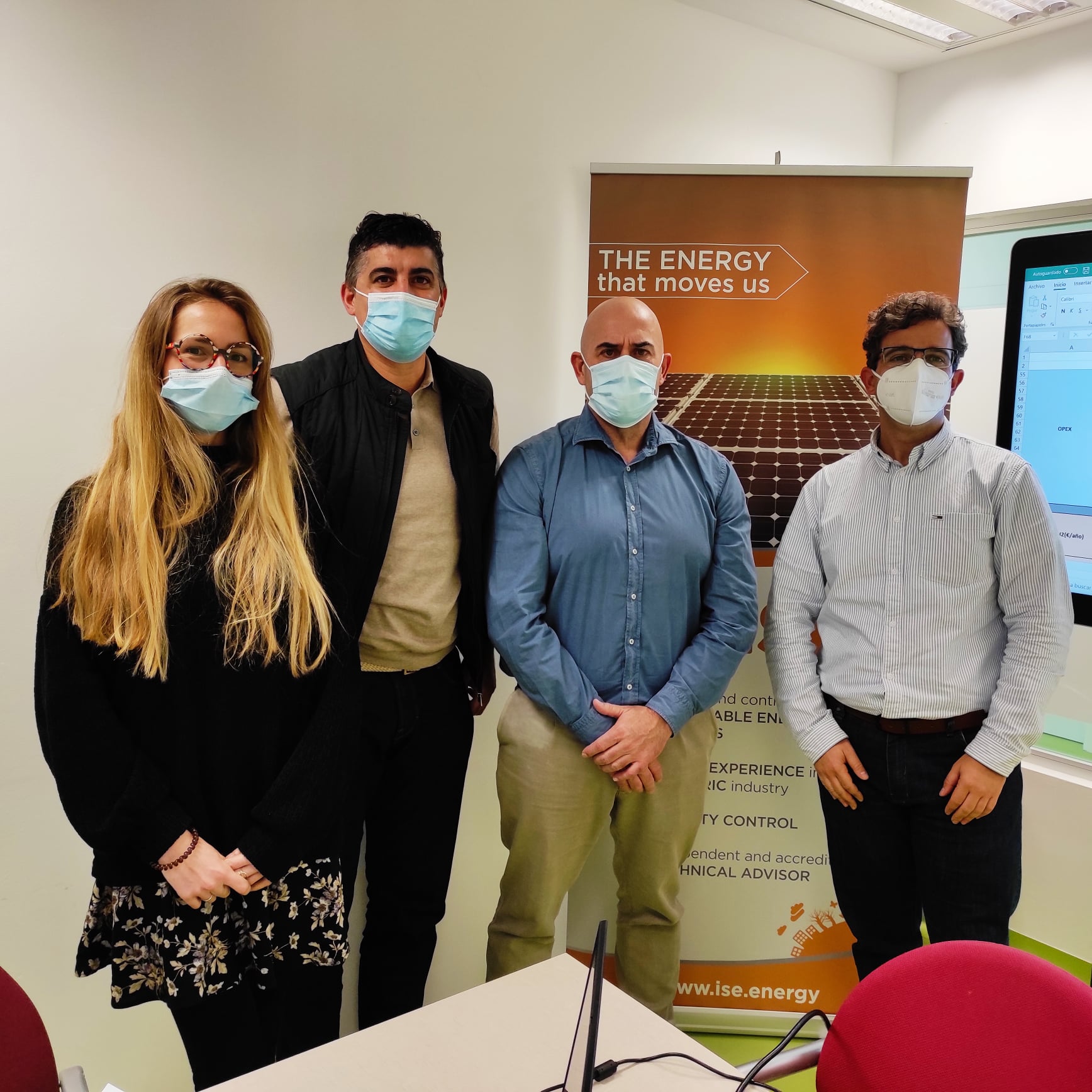Lessons Learned: Hydrogen Accidents and the Path to a Safer Future

Hydrogen: A Safe Bet?
Hydrogen is emerging as a key fuel in the energy transition. Its potential to power vehicles, generate electricity, and decarbonize industry is undeniable. However, as with any new technology, safety is a primary concern.
Learning from the Past: Accident Analysis
To move confidently into the hydrogen age, it is crucial to analyze past accidents. By studying these events, we can identify weaknesses and develop strategies to prevent future incidents.
Databases: Key Tools for Prevention
Two databases collect information on hydrogen incidents: HIAD 2.0 in Europe and H2incidents.org in the United States. These databases are invaluable tools for understanding the causes of accidents and developing more robust safety measures.
Case Studies: Lessons from Three Recent Accidents
- Hydrogen Refueling Station in Sandvika, Norway (2019): An undetected leak for 2.5 hours triggered an explosion. Key lessons: the importance of early leak detection and minimizing storage in confined spaces.
- Explosion and Fire at Plant in California, USA (2019): Explosion and fire during the filling of a tanker truck at a gas reforming plant.
- Explosion at Gas Reforming Plant and Forklift Refueling Station in North Carolina, USA (2020): The explosion damaged nearby homes.
Towards a Safer Future with Hydrogen
Accidents remind us that safety must be the top priority in hydrogen development. By learning from past experiences, we can:
- Improve leak detection: Implement early detection and constant monitoring systems.
- Optimize storage: Minimize storage in confined spaces and develop specific safety protocols.
- Strengthen training: Train staff in risk management and emergency response.
- Research and innovate: Develop safer technologies for hydrogen production, transport, and storage.
Conclusion: Safety is not an obstacle, but a key pillar on the road to a hydrogen-powered future. By learning from past accidents and taking proactive steps, we can build a safe, sustainable, and prosperous hydrogen industry.
Remember:
- The information provided in this blog is not a substitute for consultation with hydrogen safety professionals.
- It is essential to keep up to date with the latest research and safety developments.
Together we can build a safer hydrogen future!

























